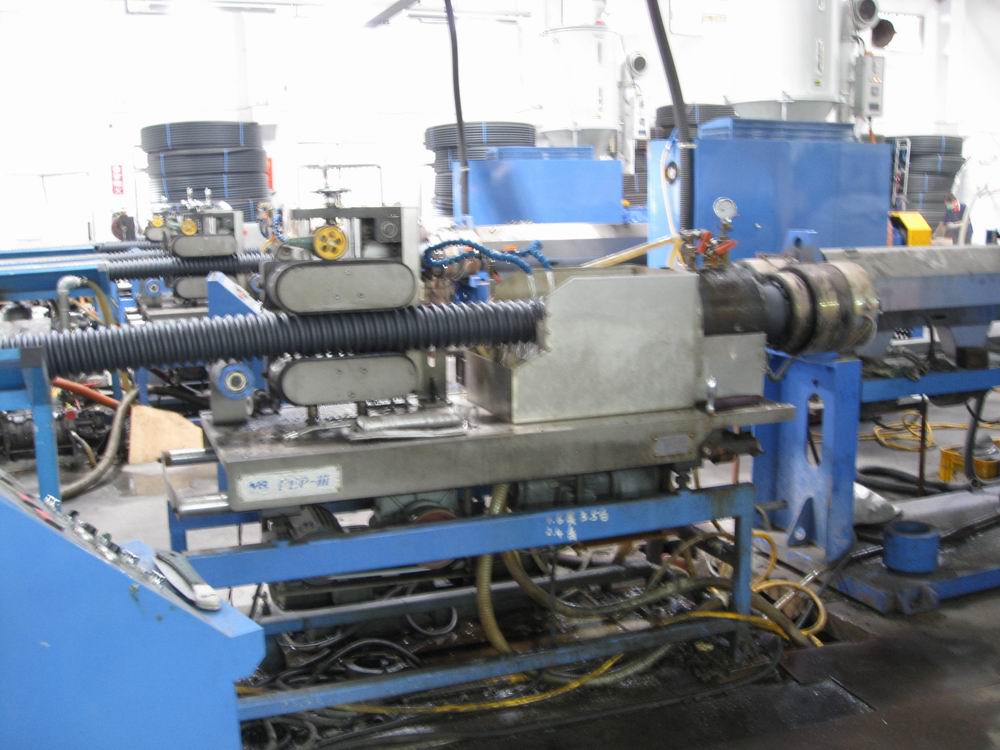The following are the key considerations and specific analyses:
Ⅰ. Medium Characteristics
1.Corrosiveness
Corrosion-resistant materials should be selected based on the chemical properties of the medium (such as pH, salt content, oxidizability, etc.). For example:
·For acidic media (such as sulfuric acid, hydrochloric acid), acid-resistant materials (such as PVC, polypropylene or epoxy resin coating) should be selected.
·For high-temperature media (such as steam, hot oil), high-temperature resistant materials (such as 3PE anti-corrosion coating, stainless steel or high-temperature polyethylene) should be selected.
·For slurry pipelines containing particulate matter, the wear resistance of the material (such as rubber lining or ceramic coating) needs to be considered.
2. Temperature and Pressure
·In high-temperature environments, heat-resistant materials should be selected (for example, the 3PE anti-corrosion coating can withstand -40℃ to 300℃).
·For high-pressure pipelines, the wall thickness needs to be increased or high-strength materials (such as reinforced grade 3PE anti-corrosion steel pipes, with a total thickness of 2.7-3.7mm) should be selected.
Ⅱ. Environmental Conditions
1.Soil and Climate
·For soil corrosiveness (such as high salinity and alkalinity, moisture), a reinforced grade anti-corrosion coating (such as 3PE reinforced grade or epoxy coal tar pitch) should be selected.
·Outdoor exposed pipelines need to take into account weather resistance (for example, polyethylene anti-corrosion tapes need to resist ultraviolet aging).
2. Stray Current and microorganisms
·Underground pipelines need to be protected from stray current corrosion. It is recommended to combine cathodic protection technology.
·For environments containing microorganisms (such as sewage pipes), antibacterial materials (such as PVC-C or epoxy resin coatings) should be selected.
Ⅲ. Material Properties and Structure
1.Type of anti-corrosion coating
· Coating materials: epoxy resin, polyurethane, coal tar pitch, etc. Suitable for different media and temperatures:
· Lining materials: rubber, PVC, PTFE, etc. are suitable for internal anti-corrosion, and the selection should be based on the corrosiveness of the medium.
· Composite structure: Such as 3PE anti-corrosion coating (epoxy powder + adhesive + polyethylene), which combines mechanical strength and chemical corrosion resistance.
2. Thickness and grade of anti-corrosion coating
· Ordinary grade anti-corrosion coating (total thickness 2.0-2.2mm) is suitable. Used in low-corrosive environments;
·The reinforced anti-corrosion coating (with a total thickness of 2.7-3.7mm) is suitable for highly corrosive scenarios such as Marine and chemical industries.
Ⅳ. Construction and Maintenance
1. Surface treatment
·The surface of the pipeline needs to be sandblasted or shot blasted to a cleanliness level of Sa2.5 to ensure the adhesion of the coating.
2. Construction techniques
·The anti-corrosion coating needs to be applied in layers and the thickness controlled (such as epoxy powder layer >80um).
·The polyethylene coating process must ensure uniformity to avoid bubbles or voids.
3. Maintenance and inspection
· Regularly inspect the integrity of the anti-corrosion coating (such as quarterly detection);
· Adopt intelligent detection technology (such as detecting the damage points of the anti-corrosion coating without excavation).
Ⅴ. Economy and Sustainability
1.Cost control
·Material cost: For instance, the price of 3PE anti-corrosion steel pipes is approximately 300 to 600 yuan per meter, which needs to be selected in combination with the project budget.
· Maintenance cost: The service life of the anti-corrosion coating can reach 30 to 50 years, which can reduce maintenance costs in the long term.
2. Environmental protection requirements
·Give priority to using non-toxic and recyclable materials (such as PVC-C or epoxy resin).
·Promote green processes (such as low-energy consumption spraying technology).
Ⅵ. Other factors
·Installation environment: Avoid passing through vulnerable areas such as expansion joints and settlement joints;
·Regulatory standards: Comply with national standards such as GB/T 23257-2017(Polyethylene Anti-corrosion Coating for Buried Steel Pipelines).

Summary
The selection of anti-corrosion pipes needs to be comprehensively evaluated in combination with the medium, environment, material performance and economy. Materials with strong corrosion resistance, convenient construction and compliance with standards (such as 3PE, epoxy resin or PVC-C) should be given priority. Meanwhile, regular maintenance and inspection are the keys to extending the service life of pipelines. Specific cases can refer to the recommended solutions in different scenarios (such as reinforced 3PE for Marine engineering and epoxy coal tar pitch for municipal water supply).

